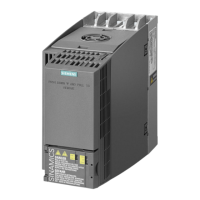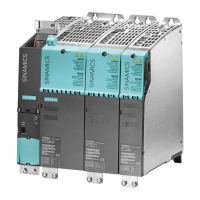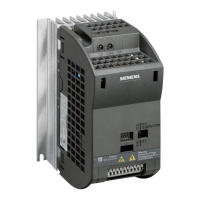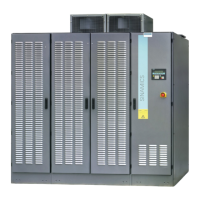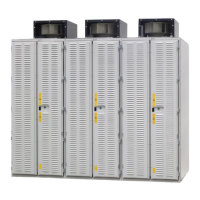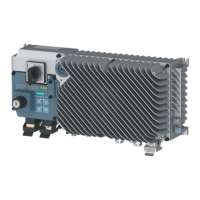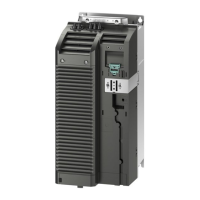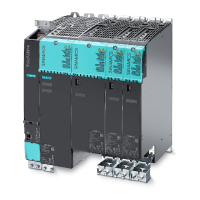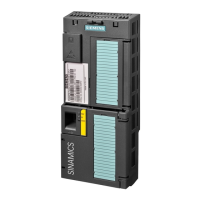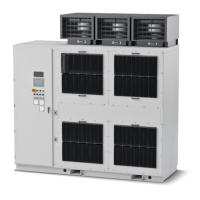Commissioning
5.6 Function commissioning
SINAMICS V20 Inverter
Operating Instructions, 07/2012, A5E03728167
69
Parameter Function Setting
P2355 PID tuning offset [%] Range: 0.00 ... 20.00 (factory default: 5.00)
Output values
r2224 CO: Actual fixed PID setpoint [%]
r2225.0 BO: PID fixed frequency status
r2245 CO: PID-MOP input frequency of the RFG [%]
r2250 CO: Output setpoint of PID-MOP [%]
r2260 CO: PID setpoint after PID-RFG [%]
P2261 PID setpoint filter time constant [s]
r2262 CO: Filtered PID setpoint after RFG [%]
r2266 CO: PID filtered feedback [%]
r2272 CO: PID scaled feedback [%]
r2273 CO: PID error [%]
r2294 CO: Actual PID output [%]
5.6.2.5 Setting the braking function
Functionality
The motor can be electrically or mechanically braked by the inverter via the following brakes:
● Electrical brakes
– DC brake
– Compound brake
– Dynamic brake
● Mechanical brake
– Motor holding brake
DC braking
DC braking causes the motor to stop rapidly by applying a DC braking current (current
applied also holds shaft stationary). For DC braking, a DC current is impressed in the stator
winding which results in a significant braking torque for an asynchronous motor.
DC braking is selected as follows:
●
① After OFF1 or OFF3 (the DC brake is released via P1233)
●
② Directly selected using BICO parameter P1230
Sequence 1
1. Enabled using P1233
2. DC braking is activated with the OFF1 or OFF3 command (see figure below)
3. The inverter frequency is ramped down along the parameterized OFF1 or OFF3 ramp
down to the frequency at which DC braking is to start - P1234.
4. The inverter pulses are inhibited for the duration of the de-magnetizing time P0347.
5. The required braking current P1232 is then impressed for the selected braking time
P1233. The status is displayed using signal r0053 bit 00.
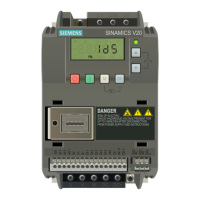
